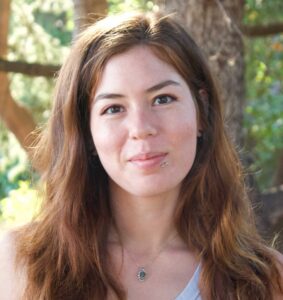
My work ranges from drawing to installation, using plants and wild fungi to make pigments and sculptural materials. While I also collect my own materials from debris in gardens I tend and kitchen scraps, I primarily focus on the use of invasive plant species which I gather independently.
Though most often found in or immediately near urban environments, invasive species are known to establish in sensitive native environments by way of human transport, whether due to intentional transportation of them (such as for ornamental purpose) or by way of their highly successful dispersal adaptations. These species negatively impact native biodiversity and my goal is to bring attention to the environmental impact of human behavior as well as the importance of California native species conservation.
Through the use of locally collected plants, invasive or that would otherwise be disposed of, and the fruiting bodies of wild fungi, my work directly echoes the state of environment from which my materials are gathered, often evocative of the biological physical patterns, textures, growth habits, and visual behaviors I encounter in the landscape. Further, in using that are materials not engineered for archival persistence, the urban value we place on permanence is reversed, as the ingredients in my work continue to assert their own presence and change in their appearance, color, and durability by nature of their biodegradability.